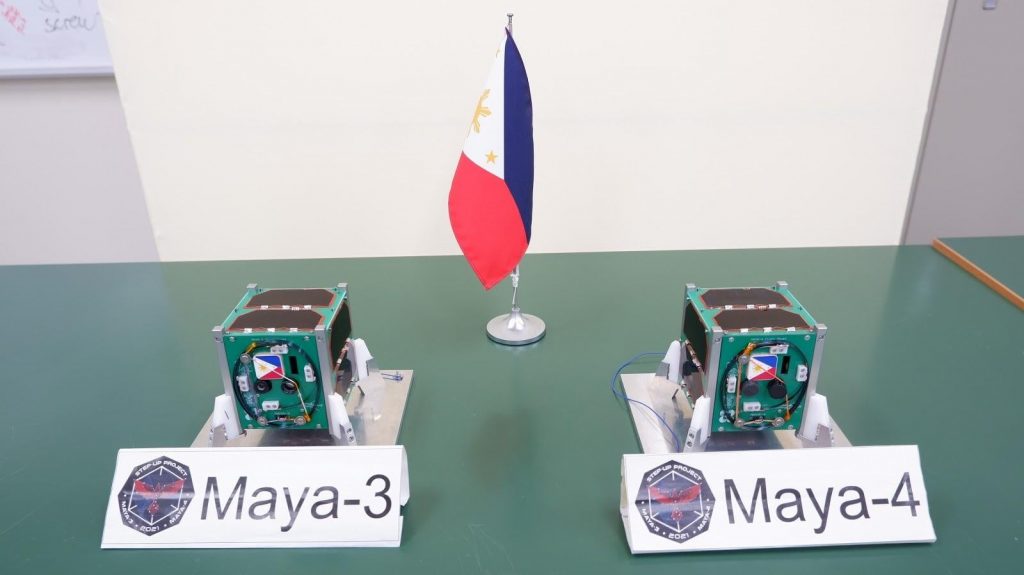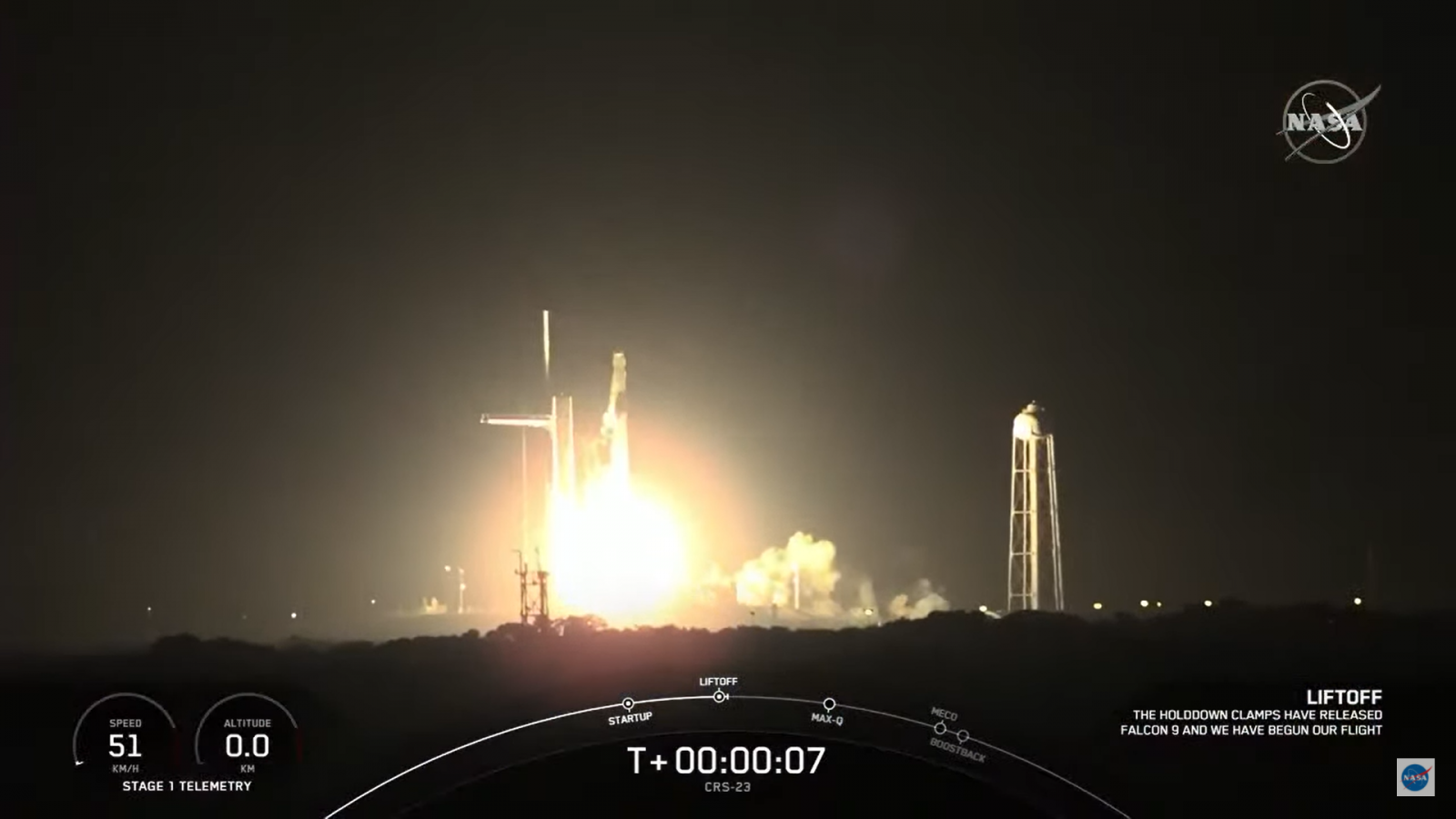
The next generation of Maya cube satellites (cubesat), named Maya-3 and Maya-4, were launched into space from the Kennedy Space Center on August 29, 3:15 p.m. aboard a commercial rocket bound for the International Space Station (ISS).
Measuring 10 x 10 x 11.35 cm with an estimated mass of 1.1 kg, both satellites are carrying more measuring equipment compared to their predecessor Maya-2, including two deployable UHF and VHF antennas, solar array panels, a GPS patch antenna, and a lever switch.
They also have two 5MP visual cameras to be used mainly to capture images of the Philippines and for general visual assessment of landmass and bodies of water.
One of Maya-4’s cameras is near-infrared used for technology demonstration. The satellites’ attitudes are passively stabilized by permanent magnets and hysteresis dampers.
The cubesats were developed by Gladys Bajaro, Derick Canceran, Bryan Custodio, Lorilyn Daquioag, Marielle Magbanua-Gregorio, Christy Raterta, Judiel Reyes, and Renzo Wee. They are the first batch of students under the nanosatellite development track of the Master of Science (MS) or Master of Engineering (MEng) program of the College of Engineering’s Electrical and Electronics Engineering Institute (EEEI).
“Maya-3 and Maya-4 incorporate enhancements from the previous design including improvements in the antenna board. They are mostly identical, only with a difference in a mission, that is, the near-infrared camera which is mounted only on Maya-4,” the scholars said.
The cubesats were among the scientific research and technology demonstrations aboard the 23rd Space Exploration Technologies Corp. (SpaceX) cargo resupply mission to the ISS.

The mission utilized the C208-2 Cargo Dragon 2 spacecraft, launched from the Kennedy Space Center in Florida, USA (click here to watch the livestream of the launch).
“Maya-3 and Maya-4 are the first Philippine university-built satellites designed and developed by the first batch of scholars under the Space Technology and Applications Mastery, Innovation, and Advancement (STAMINA4Space) Program: Project 3 – Space Science and Technology Proliferation through University Partnerships (STeP-UP), funded and supported by the Department of Science and Technology (DOST) with scholarship grants from its Science Education Institute (SEI),” stated the STAMINA4Space website.
The STeP-UP project is implemented by UP Diliman in collaboration with the Kyushu Institute of Technology (Kyutech), Japan.
Previous satellites were built and tested inside Kyutech’s facilities before being sent to space.
Work on Maya-3 and Maya-4 started in May 2019 when the scholars began a mission definition and design review.
They began building the satellites in mid-2020 including flight model and functionality tests inside the EEEI compound, which is home to the University Laboratory for Small Satellites and Space Engineering Systems Building (ULYS3ES).
When the cubesats were finished, the scholars then went to partner university Kyutech to further test them. The satellites were then turned over to the Japan Aerospace Exploration Agency in April 2021, which included the satellites to the SpaceX resupply mission.

